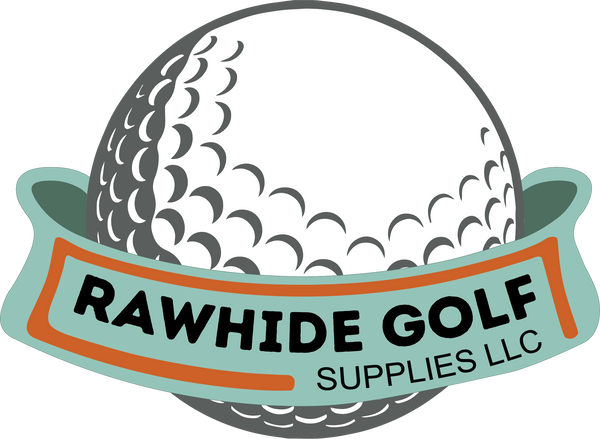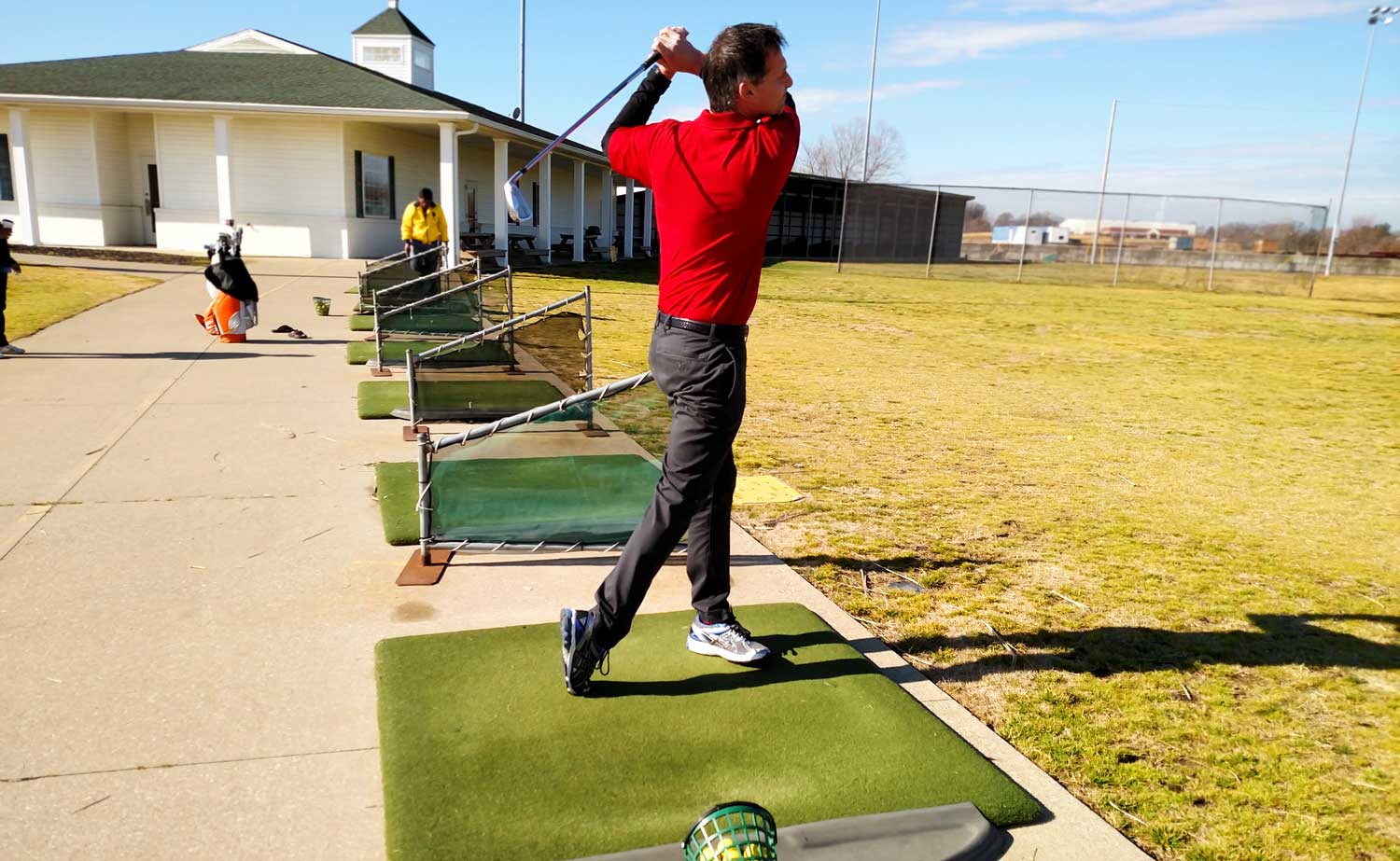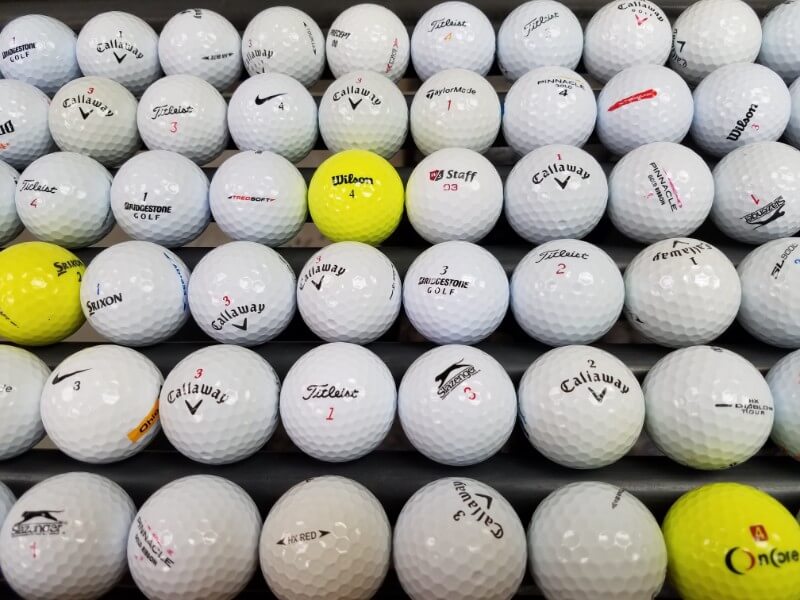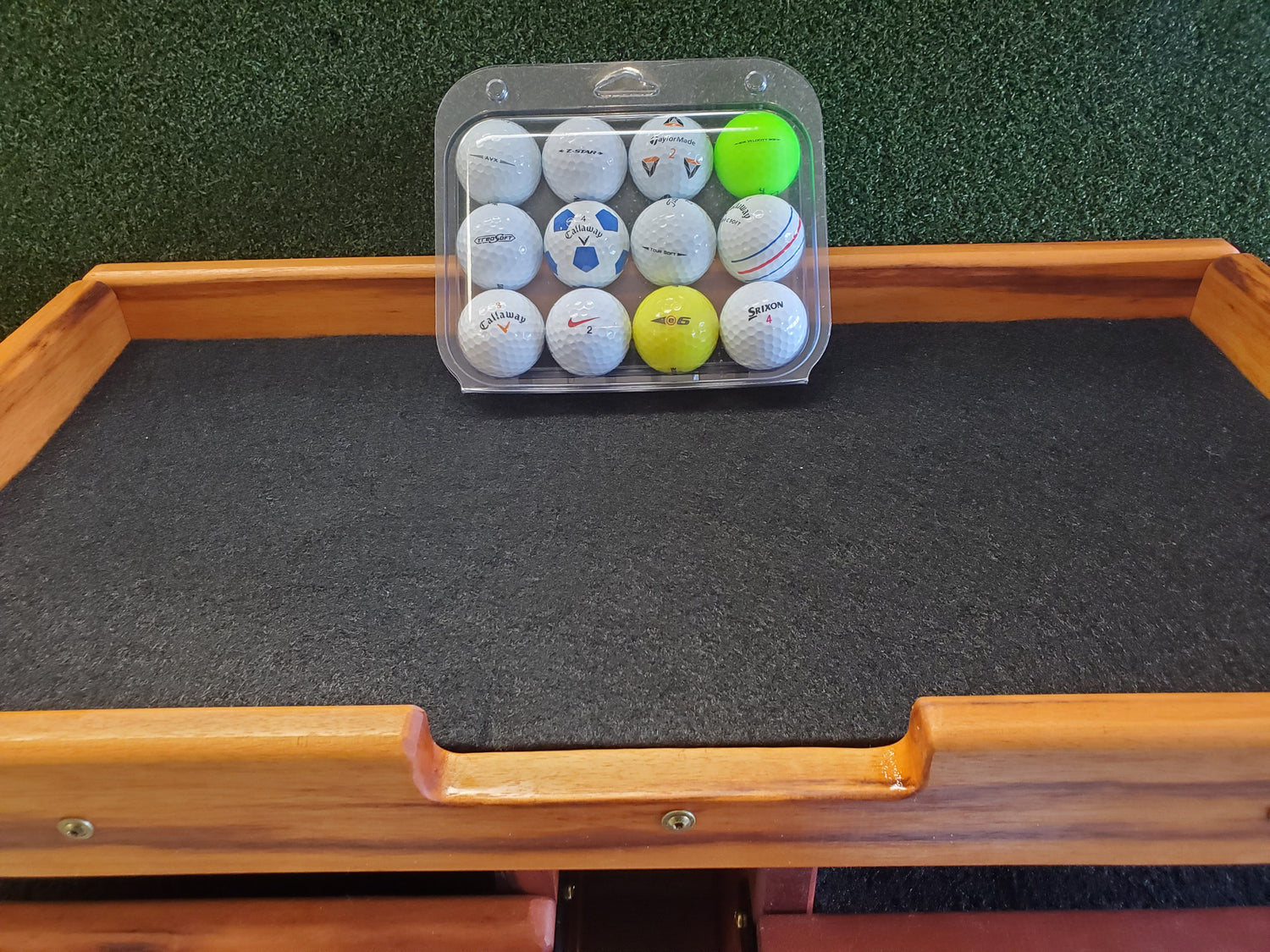How to Swing an Iron Versus a Driver
Share
How to Swing an Iron Versus a Driver
A great many amateurs have difficulty hitting their driver and their fairway hybrids, but they can be fairly accurate with their iron shots. This is typical of most amateur golfers, since most of them can achieve some level of mastery with one type of club or the other, but fail to master all the clubs in their bag.
Most often, the amateur golfer will mis-diagnose the problem, and think that each club requires a different kind of swing, and then make all kinds of adjustments to achieve that different swing for every club in the bag. This not only over-complicates your golf swing, but it proceeds from an incorrect premise, and causes you to do unnecessary and improper adjustments.
The simple truth is that an ideal golf swing for your irons and your driver is pretty much the same, with the difference being in your approach to the swing. Starting with the way you setup to the ball, and the way you look at the ball prior to beginning your swing, you'll find that these can have a tremendous impact on the results you achieve with any golf shot you attempt.
Here's what you need to know about the difference between swinging your irons and swinging your driver, so that you can practice and master every kind of shot you're faced with.
Do I Need a Different Swing for Each?
The short answer to this is yes, you absolutely do need a different swing for your irons and your driver. Most casual golfers are generally much better at hitting their irons than they are at hitting a driver, for the simple reason that it's easier to control the shorter shaft of an iron, and to keep it on the proper inside-out swing plane.
Whenever a golfer tries to hit a driver using the same swing as they use with their irons, they're bound to run into problems that will result in poor shots and higher scores. It will help your game a great deal if you understand the difference between swinging these clubs, and the approach you should take toward both.
The difference in how you approach iron shots versus swinging your driver begins right with your setup. Keep in mind that the exact positioning of your front foot will determine the point at your downswing when you make contact with the ball, so it's important to position that front foot correctly before swinging.
For longer shots, such as with a driver or fairway hybrid, you would usually position your front foot closer to the ball, whereas for shorter shots, the ball should be aligned closer to your back foot. However, the real difference between swinging irons and your driver comes into play during the processes of weight transfer and body rotation.
When you're swinging your irons, the focus of your gaze should be on a point which is actually behind and under the golf ball. All power for iron swings is generated by the transition of body weight from your back foot onto the front foot, and by the rotation of your body in the direction of the target at impact time.
If you do this correctly, hitting that point underneath the golf ball will cause you to take a divot out of the grass, or if you're in a bunker, it will explode sand out of the bunker. When you're using your driver, you'll have a different focus, which will be the center of the golf ball rather than at a point behind it and underneath it.
The same weight transfer and rotation of your body must happen during your driver swing, but both processes should occur slightly later in the swing than when you're hitting an iron. Executed properly, this will still allow you to generate sufficient clubhead speed to achieve worthwhile distance when hitting your driver.
When you have a chance to practice, concentrate on maintaining your weight on the back foot, even as you begin your downswing. Ideally, you should allow the momentum of the club itself to direct your body rotation and weight transfer, and you should resist the temptation to swing harder to get more distance from your driver.
Angle of Attack
Probably the single biggest reason that amateur golfers struggle to have the same kind of success with their driver and their irons is that they fail to master the angle of attack which is appropriate for each club. Whenever you're swinging an iron, you want to hit the golf ball during a descending kind of motion, which comes at a moment just before you reach the low point in the arc of your swing.
With your driver, the angle of attack is much different, and for this type of shot, you need to be hitting up on the golf ball. The whole reason that you tee the ball up in the first place is to be able to hit up on the ball, so that you can minimize spin and maximize distance. If you were to hit the golf ball with your driver with the same kind of descending motion that you do with your iron shots, you will most likely hit the ball on the top of its face and pop it up high and short in the air.
Your fellow golfers will undoubtedly consider this a laughable result, and you will consider it a waste of a shot, since it didn't get you much closer to the green than when you were on the tee. Fortunately, there's a very easy way to develop the right angle of attack regardless of which club you have in your hands. When you're hitting an iron, you can achieve the correct angle of attack by positioning the golf ball more or less in the center of your stance.
This will allow you to hit the ball right before achieving the low point in your golf swing. When you're using the driver, you should position the ball a little more forward, and closer to your front foot, usually just inside the heel. This puts your driver automatically at the low point of your swing, so that it will already begin to travel upward at the moment of impact, thereby achieving exactly the effect you wanted.
Practice Your Swing
The main aspect of getting your iron and driver swing is going to be practice, the more the better. If you can reliably practice at a range, then you should organize to spend a considerable amount of time there. Alternatively, for a much cheaper overall cost, you can purchase a practice mat, and practice in the comfort of your own backyard. Contact us for more information, and work your way towards a better game.




